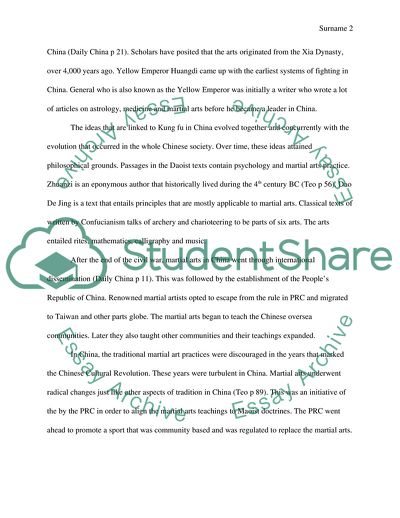Cite this document
(Martial Arts in China Report Example | Topics and Well Written Essays - 2750 words, n.d.)
Martial Arts in China Report Example | Topics and Well Written Essays - 2750 words. https://studentshare.org/history/1851723-chinese-martial-arts-literature-analysis
Martial Arts in China Report Example | Topics and Well Written Essays - 2750 words. https://studentshare.org/history/1851723-chinese-martial-arts-literature-analysis
(Martial Arts in China Report Example | Topics and Well Written Essays - 2750 Words)
Martial Arts in China Report Example | Topics and Well Written Essays - 2750 Words. https://studentshare.org/history/1851723-chinese-martial-arts-literature-analysis.
Martial Arts in China Report Example | Topics and Well Written Essays - 2750 Words. https://studentshare.org/history/1851723-chinese-martial-arts-literature-analysis.
“Martial Arts in China Report Example | Topics and Well Written Essays - 2750 Words”. https://studentshare.org/history/1851723-chinese-martial-arts-literature-analysis.


